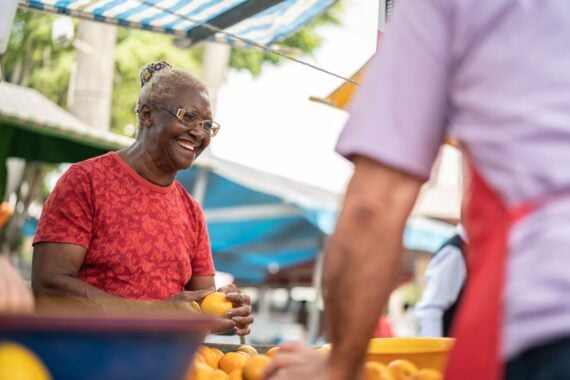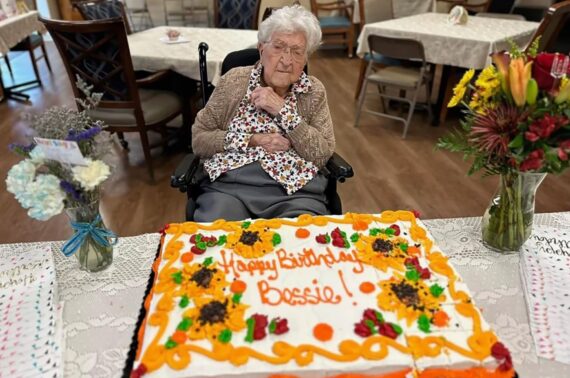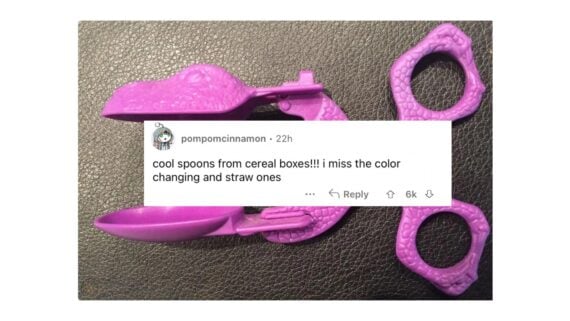From housing and food to health care and transportation, low-income seniors can take advantage of a huge range of benefits — as long as they know what’s available to them. Some are federal programs, others are state programs, and others are federally funded but administered by the states. Either way, the goal of these many programs is the same: to make sure that seniors who are struggling financially don’t go without the products and services they need to get by.
Related: Where You Can Order Groceries Online With an EBT Card
Supplemental Nutrition Assistance Program (SNAP)
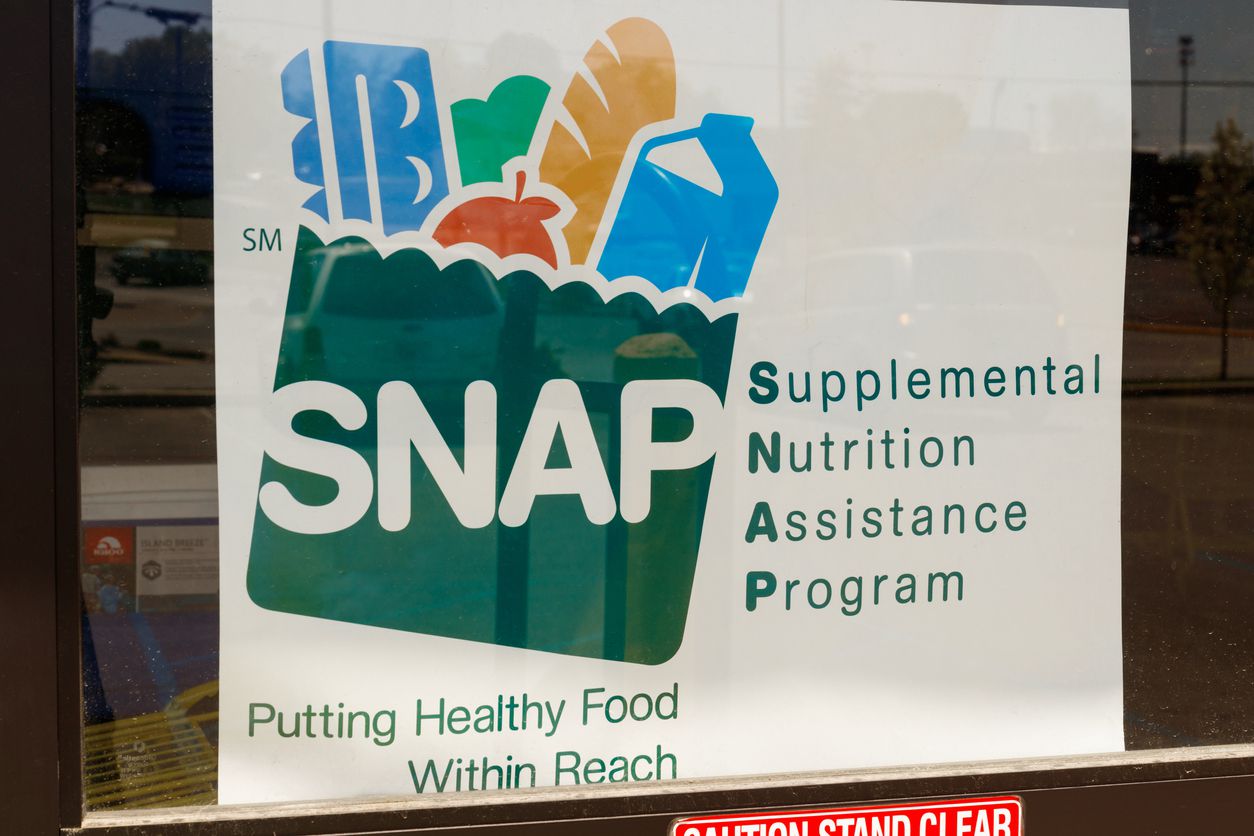
Formerly known as food stamps, the Supplemental Nutrition Assistance Program (SNAP) provides seniors with help purchasing food. Those who qualify receive their approved monthly allotment of money loaded onto electronic benefits transfer (EBT) cards that function like debit cards. According to DailyCaring, three out of five seniors who are eligible for this critical program don’t ever apply and therefore miss out on assistance they could have received.
Related: What You Can and Can’t Buy With SNAP Benefits
Medicaid for Medicare Enrollees

For more great senior living tips, please sign up for our free newsletters.
Social Security Medicare Savings Programs
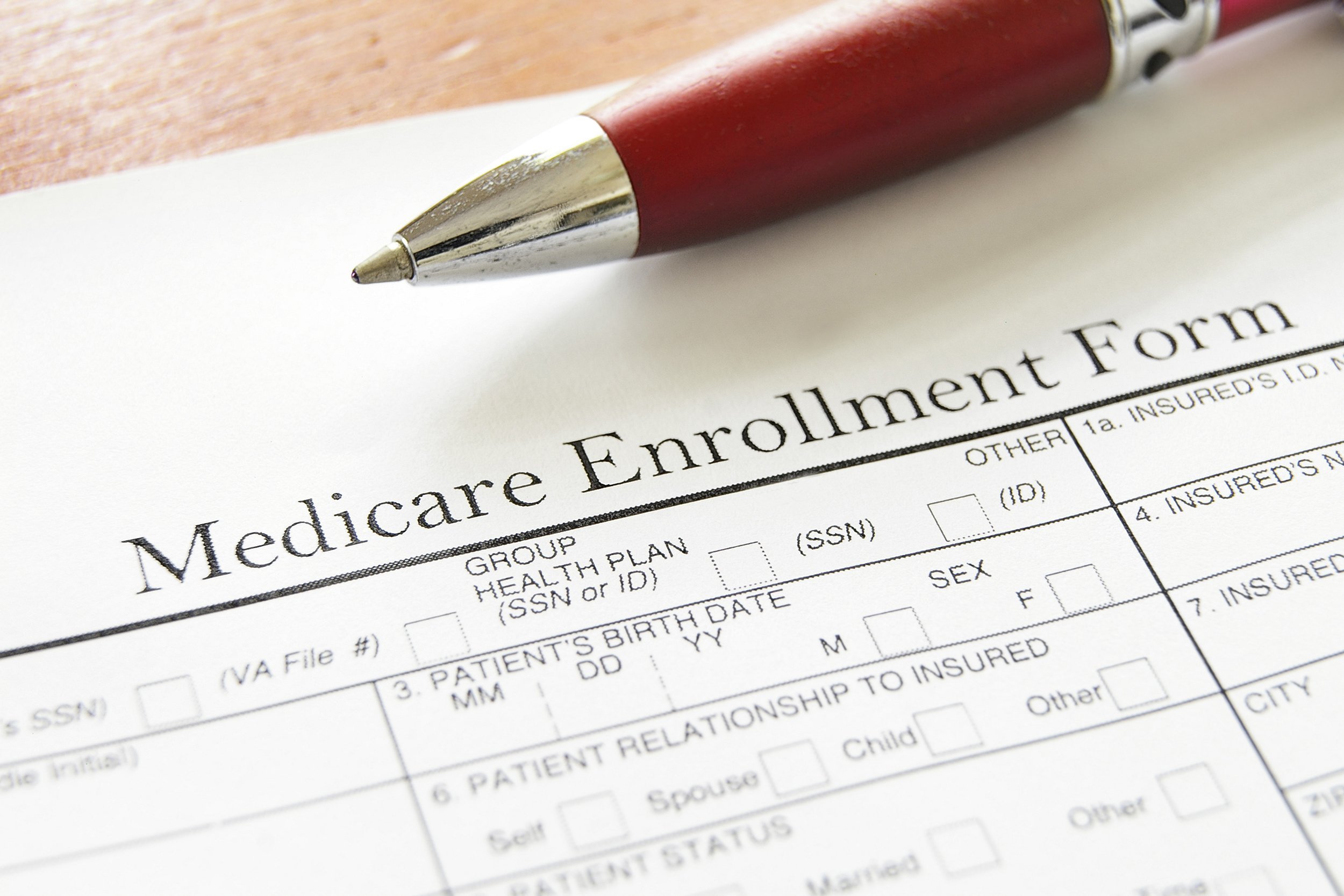
Low-income seniors who receive Social Security and suffer from a disability could qualify for one of four Medicare Savings Programs. Federally funded but administered by the states, all four programs help older Americans in all 50 states and the District of Columbia with their Medicare copayments, deductibles, coinsurance, and premiums.
Related: 20 Secrets to Help Retirees Save Money
Senior Farmers’ Market Nutrition Program (SFMNP)
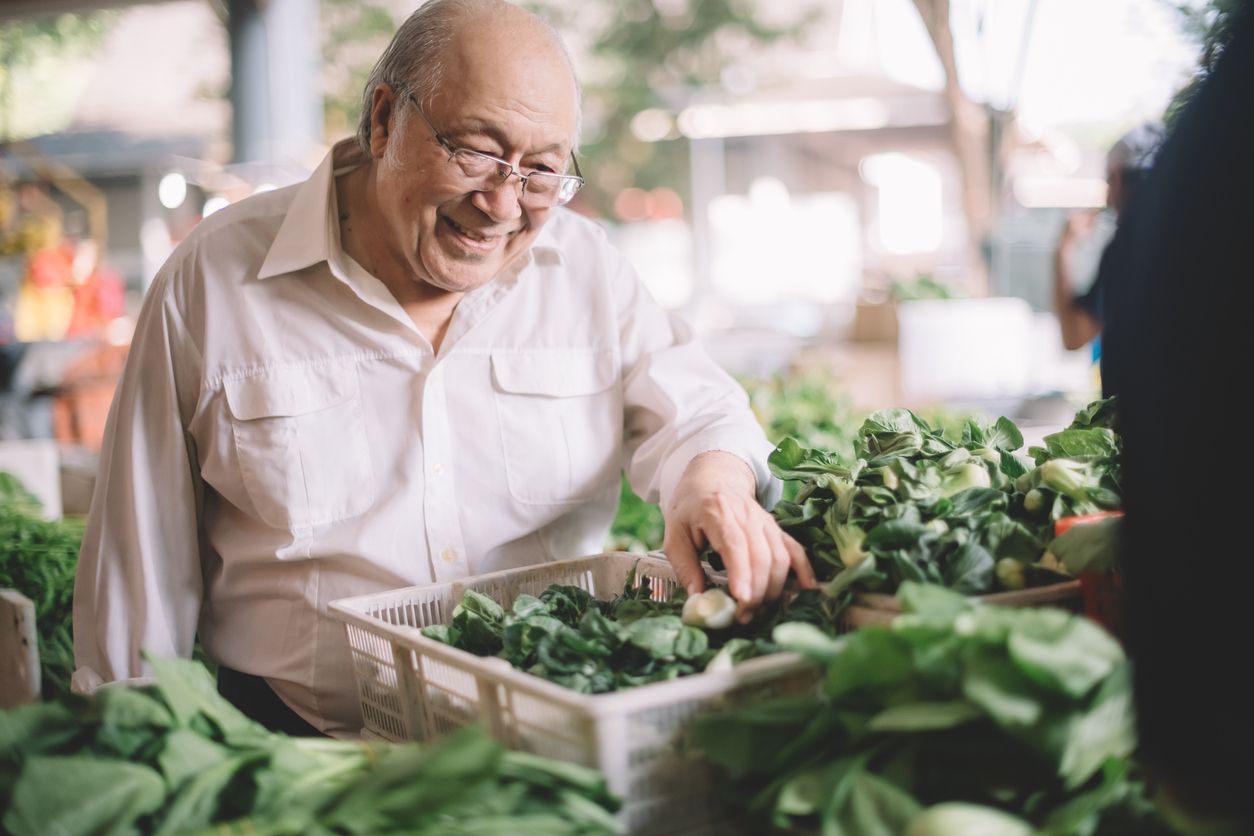
SFMNP not only helps low-income seniors access food, it helps them access healthy food. The program provides older Americans struggling to make ends meet with fresh and locally grown produce, including fruits, vegetables, nuts, herbs, and honey through deliveries to places like senior centers and housing facilities.
Related: Here’s How Much More You’ll Pay for Organic Groceries Across America
Commodity Supplemental Food Program (CSFP)
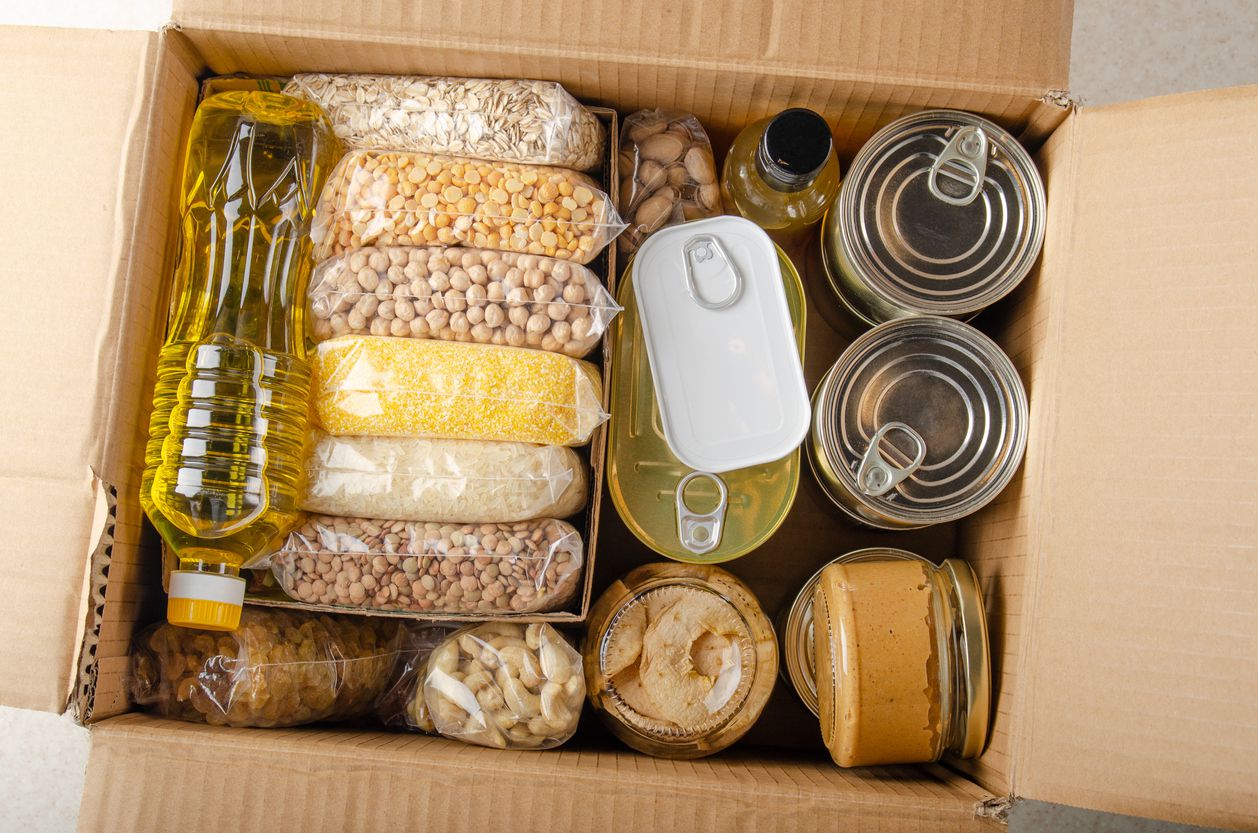
CSFP provides supplemental nutrition to low-income people ages 60 and over. The food the program distributes comes from the USDA, and although CSFP food packages do not provide a complete diet, they do provide the kinds of nutrients that vulnerable seniors most commonly lack in their diets. That includes things like oats, pasta, peanut butter, juice, and canned fruits and vegetables.
Related: 17 Food Delivery Services for Seniors Stuck at Home
Trending on Cheapism
The Emergency Food Assistance Program (TEFAP)
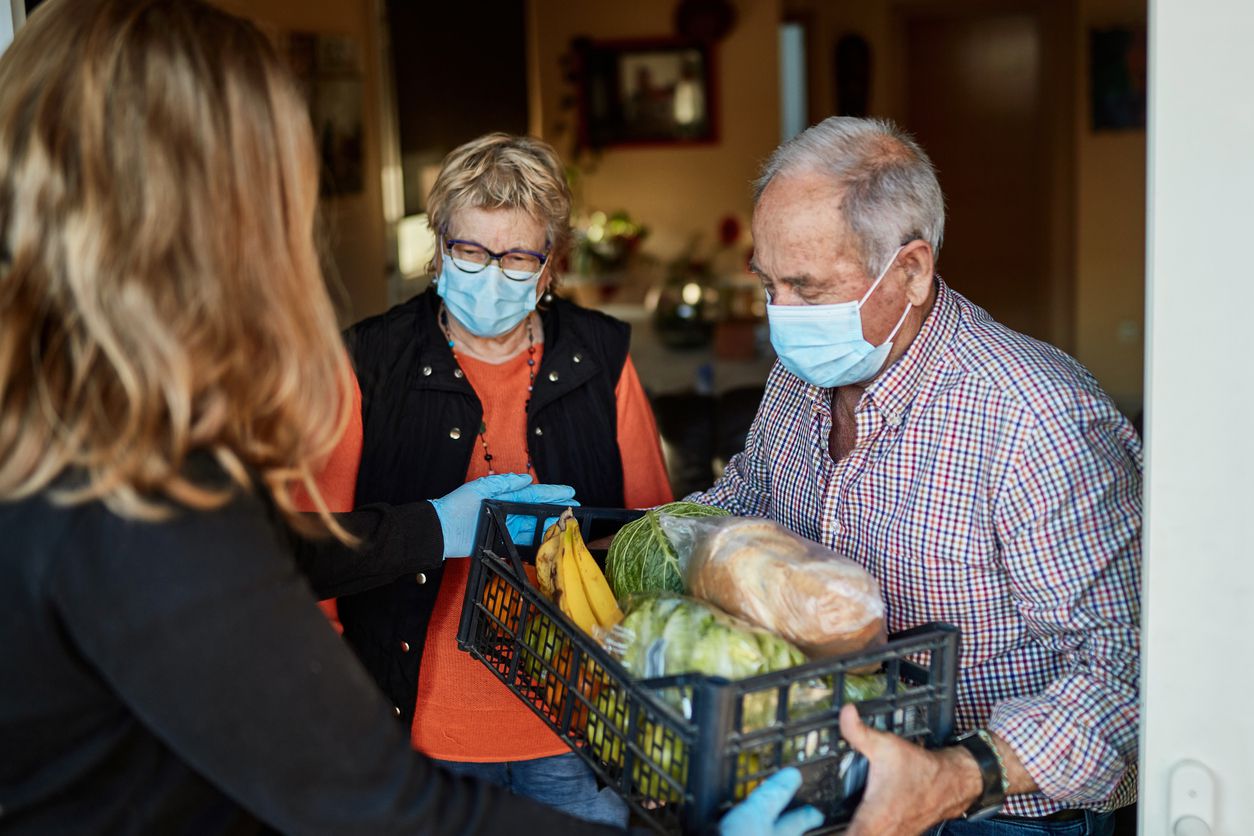
The USDA supports both seniors and American farmers through TEFAP, which provides free emergency food assistance to low-income older Americans. The government purchases food from farmers and distributes it to state and local agencies for distribution. Some winds up in communal places like food pantries and soup kitchens, and some is delivered by participating agencies directly to households.
Related: Where to Apply for Food Assistance in Every State
Medicare Low Income Subsidy

Also known as Extra Help, the Low Income Subsidy (LIS) program helps low-income Medicare recipients pay for Medicare Part D, which covers prescription drugs. Some people — like those enrolled in both Medicare and Medicaid, or those who receive SSI—qualify automatically. Those who don’t automatically qualify can still apply independently.
Related: No Pension. No 401(k). How to Get by on Social Security
State Pharmaceutical Assistance Programs (SPAPs)

SPAPs are also sometimes called Part D “wraparound” coverage. Administered by the states instead of the federal government, SPAPs pay for the costs that Medicare Part D does not. It’s important to note that not all states — in fact, not even a majority of states — offer SPAPs. You can check if your state participates by selecting it from the dropdown menu at Medicare.gov.
Related: 10 Tips for Saving Money on Prescription Drugs
Sign up for our newsletter
FamilyWize

The FamilyWize Prescription Savings Card is available to everyone to print out from their home computers. Designed to help seniors make sure they’re paying the lowest possible price for prescription drugs, the card covers all FDA-approved prescription drugs. Just print it out and show the pharmacist when it’s time to pay.
Related: Essentials You Can Buy With an FSA Now to Keep the Money From Going to Waste
Low-Income Home Energy Assistance Program
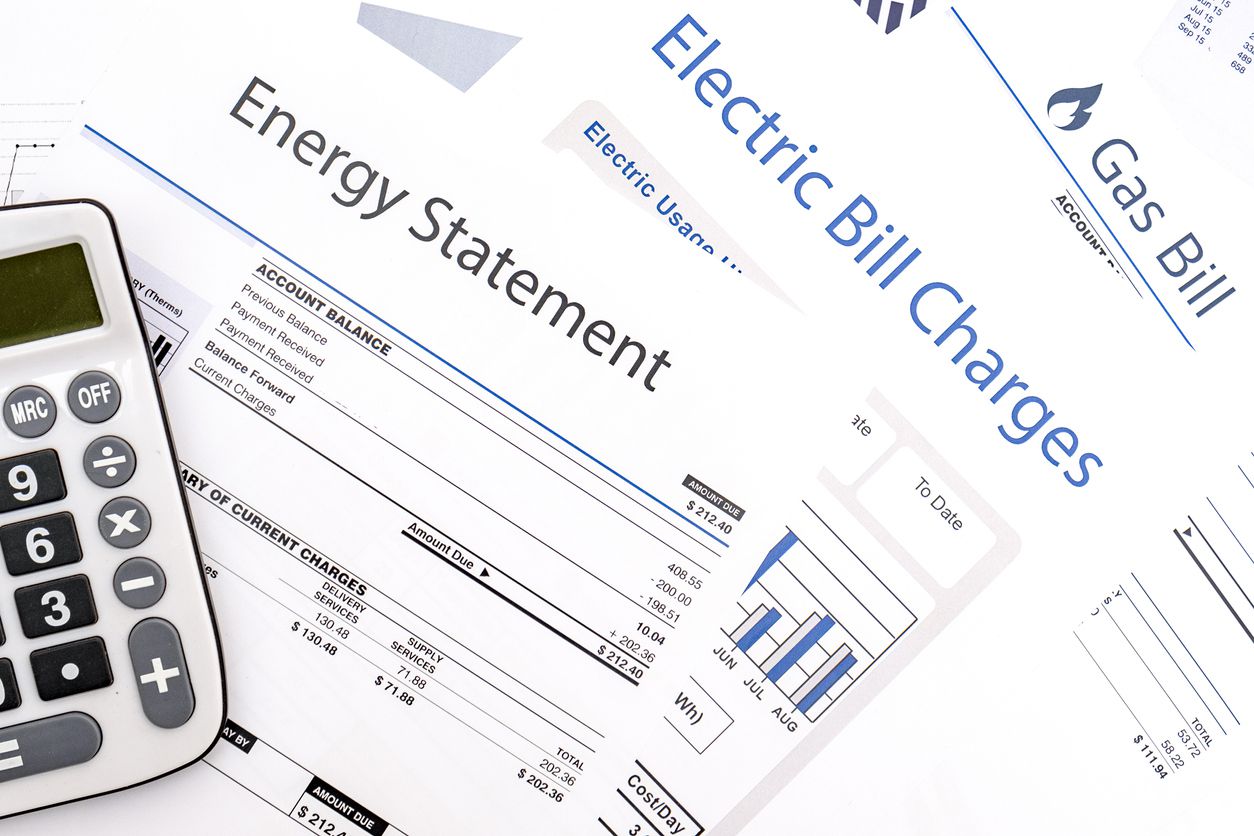
LIHEAP helps low-income households stay warm in the winter and cool in the summer. The program’s primary focus is on the poorest people and families who spend a significant chunk of their incomes on energy costs. The program gives grants to all 50 states, which then distribute the funds to residents who need help paying for their energy costs.
Related: 50 Money-Saving Energy Tips for Winter
Weatherization Assistance Program (WAP)
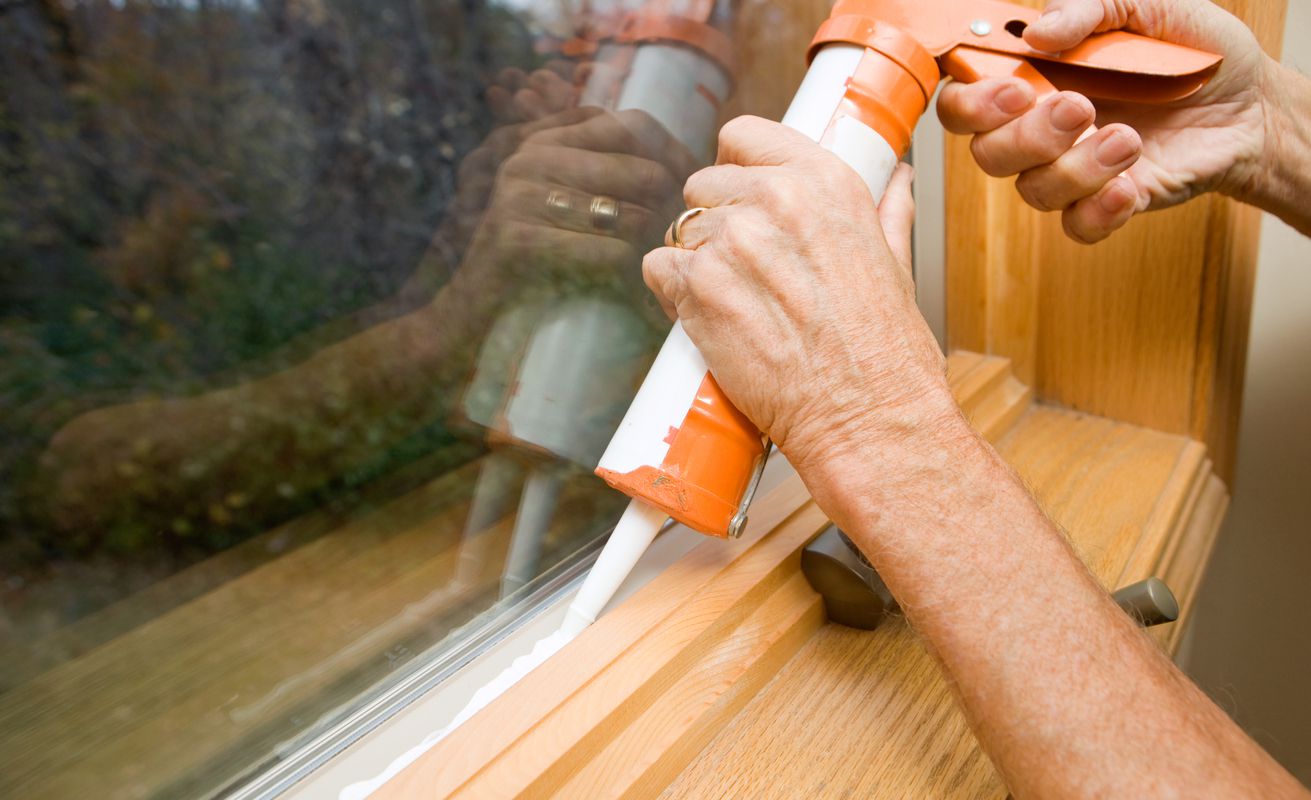
Delivered through the Department of Energy, WAP helps low-income households, including those maintained by seniors, make their homes more energy efficient, thereby reducing energy bills. First launched in 1976, the program serves 35,000 homes every year for an average savings of $283 annually per household.
Related: 20 Ways to Upgrade Your Home That Will Save Money in 2020
USDA Housing Repair Program
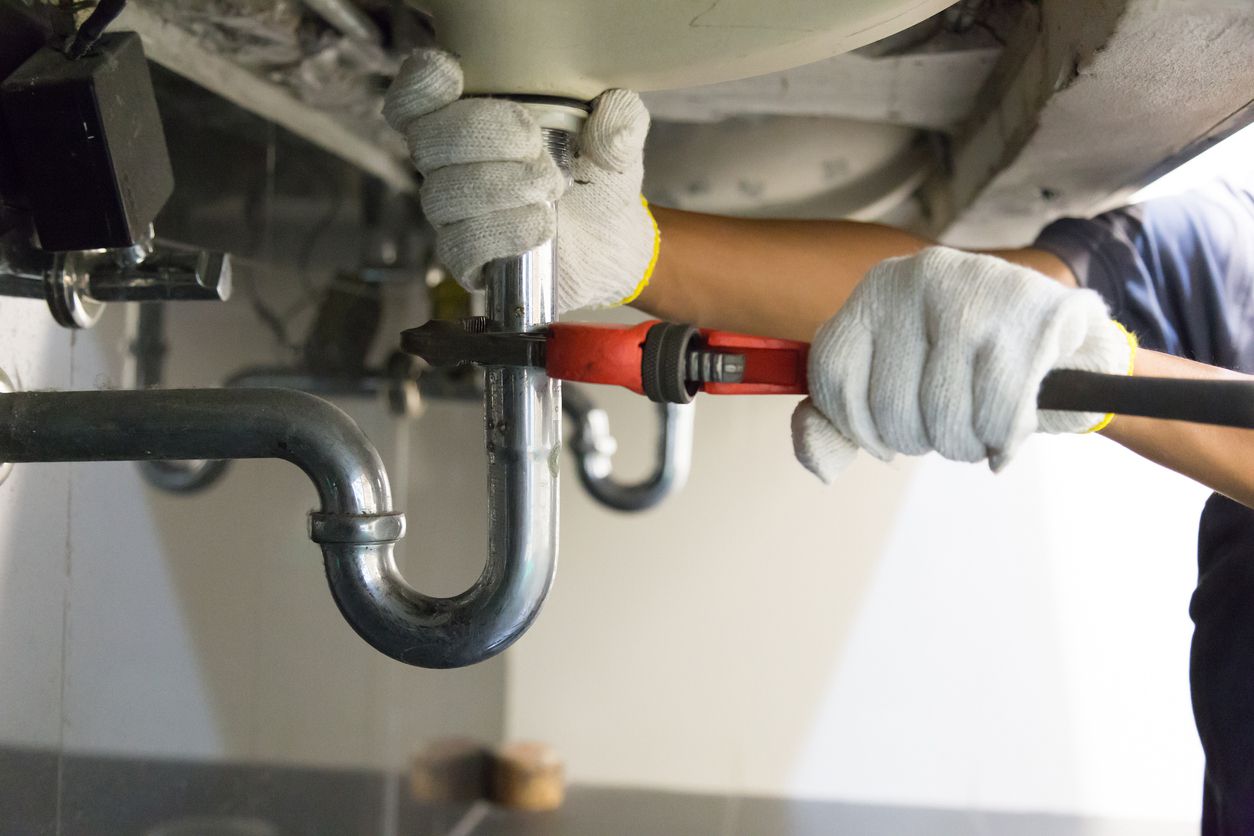
This program provides grants up to $7,500 to elderly “very low income” homeowners to help them make necessary repairs, modernize their homes, and/or remove safety and health hazards. The grants are available only to seniors, but anyone can apply for 1% interest loans up to $20,000, which can be paid off over 20 years.
Supplemental Security Income (SSI)
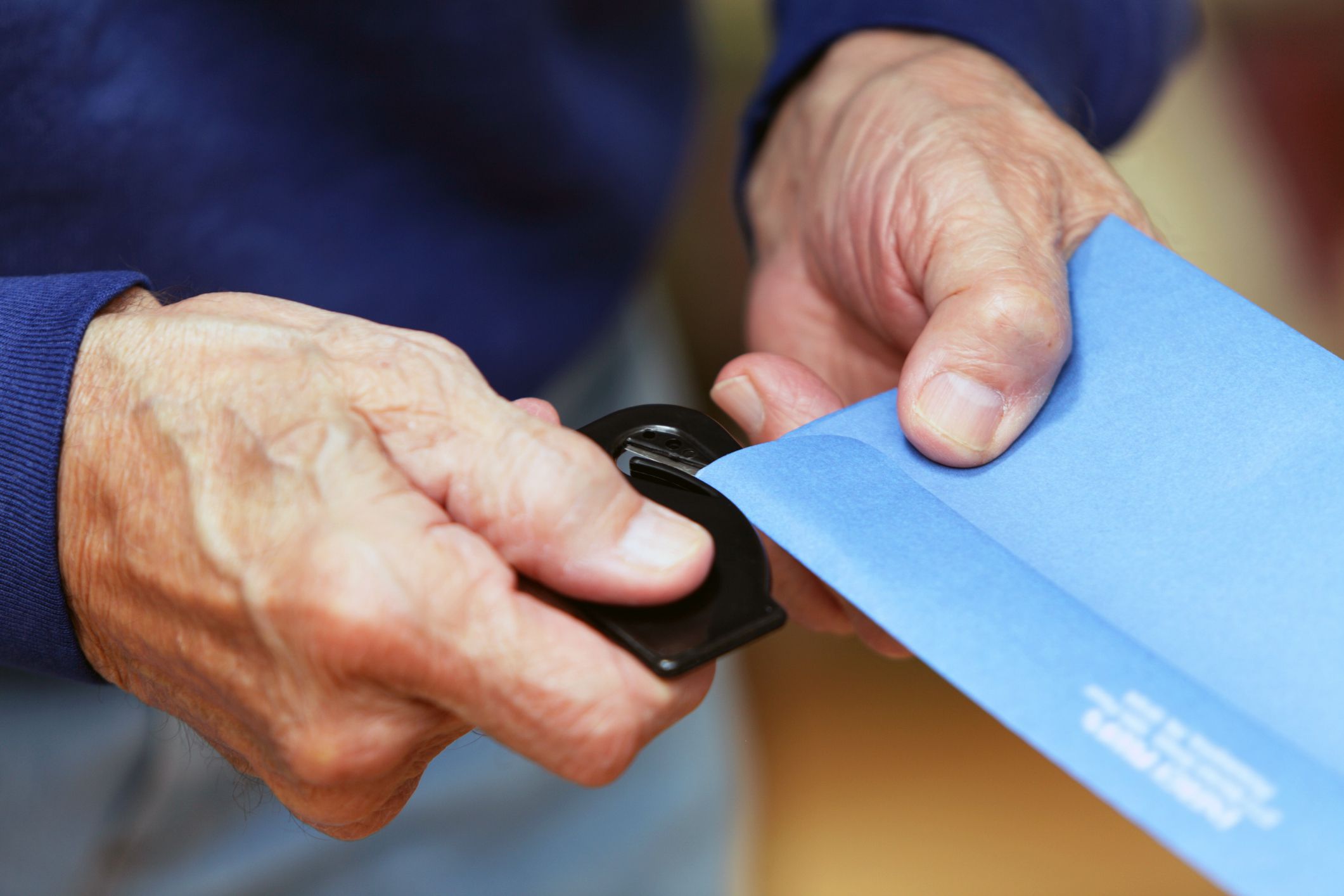
Although it’s also open to children and younger adults with disabilities, seniors may be eligible for SSI even if they don’t have any disabilities, provided they meet income eligibility requirements. It pays benefits to low-income seniors, who also may be able to receive Social Security disability and/or retirement benefits at the same time.
Lifeline

First created in 1985, the Lifeline program provides phones and phone service to low-income Americans, including seniors. Those who meet eligibility requirements can receive steep discounts for talk, text, and now even mobile broadband service.
Meals on Wheels
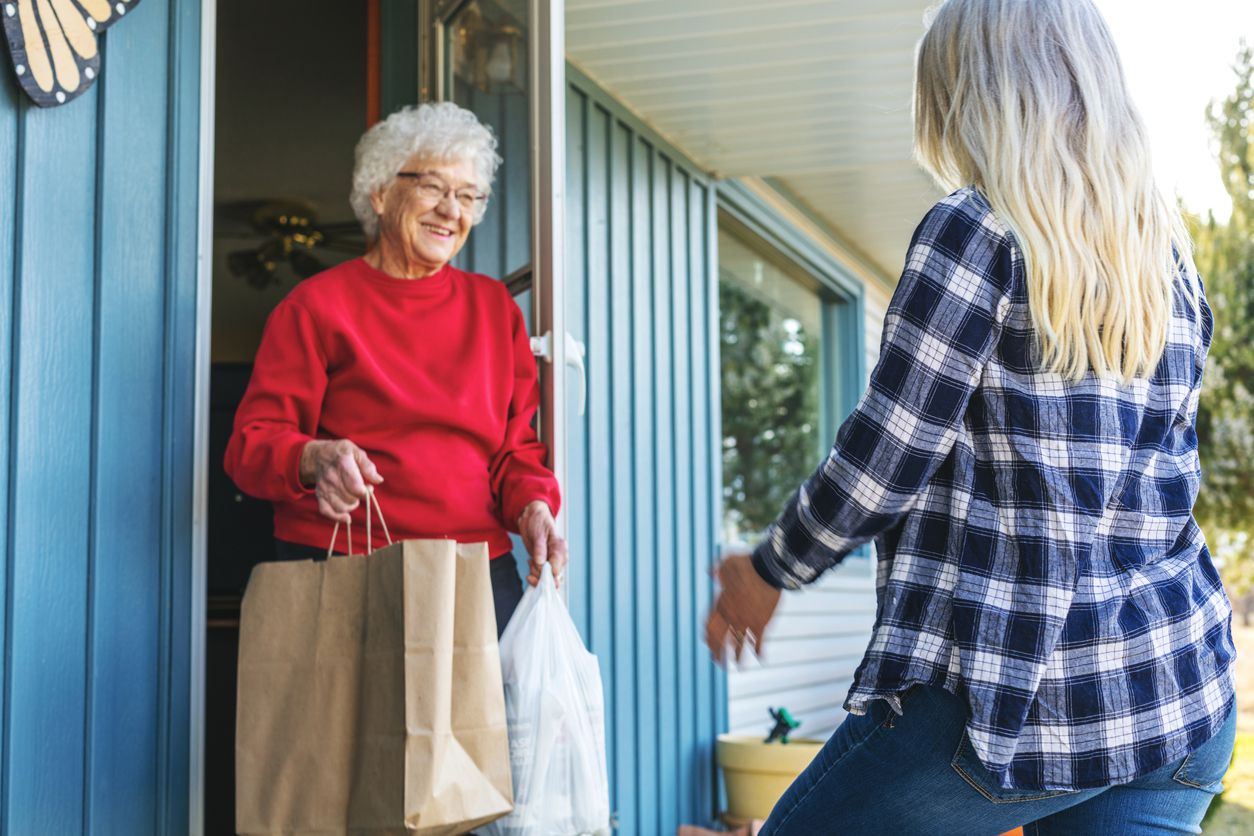
Millions of staff and volunteers spread out across more than 5,000 community-based organizations are the driving force behind Meals on Wheels. The organization has delivered nutritious meals, safety checks, and perhaps most important of all, companionship, hope, and joy to seniors across America at no charge for generations. Meals on Wheels also provides pet food and other essentials for seniors’ companion animals.
Related: Pandemic Relief Resources You Need to Know About Right Now
Home Delivered and Congregate/Group Meals
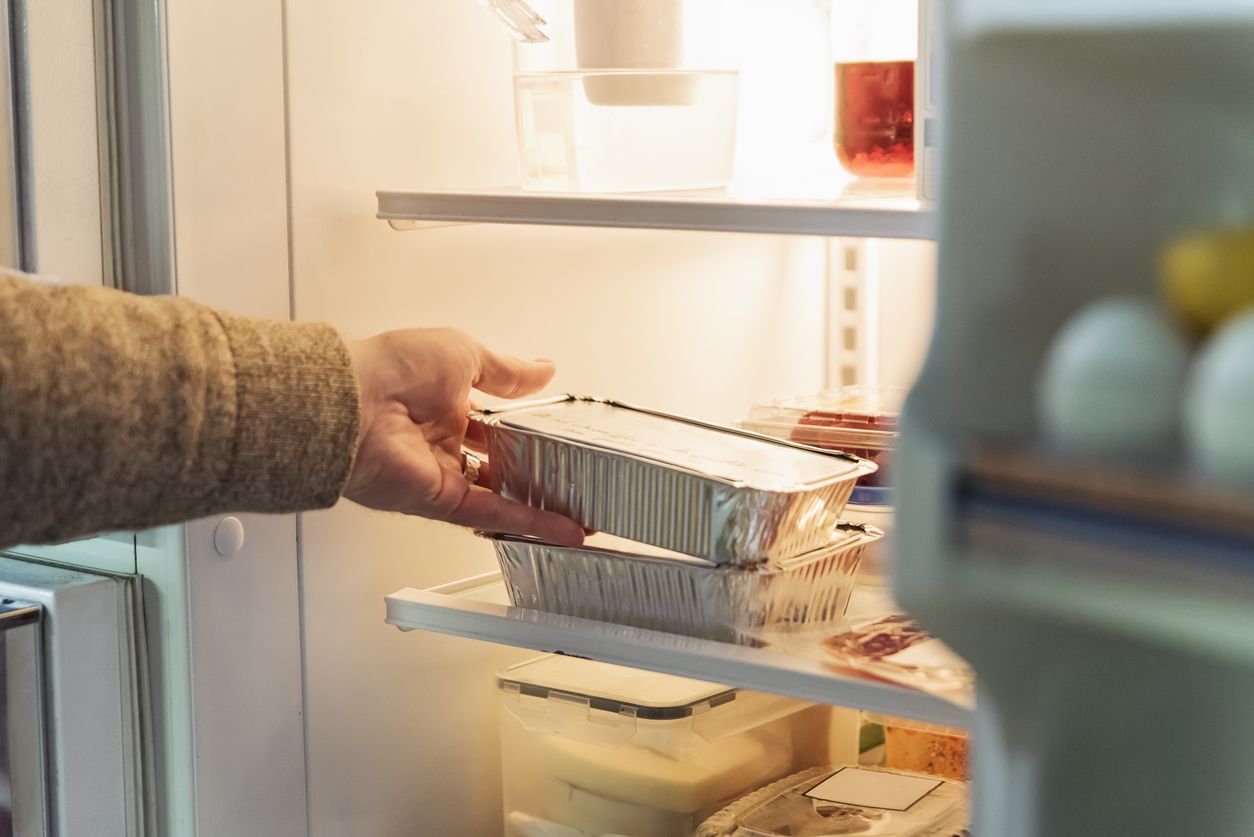
Made possible by the Older Americans Act Nutrition Program, the Administration for Community Living provides grants that fund meal delivery to the homes eligible seniors as well as to group settings like senior centers. Although you must be 60 to be eligible no matter where you live, individual states determine most other eligibility requirements.
Related: 24 Important Things to Know When Applying for Food Assistance Programs
Housing Choice Voucher Program
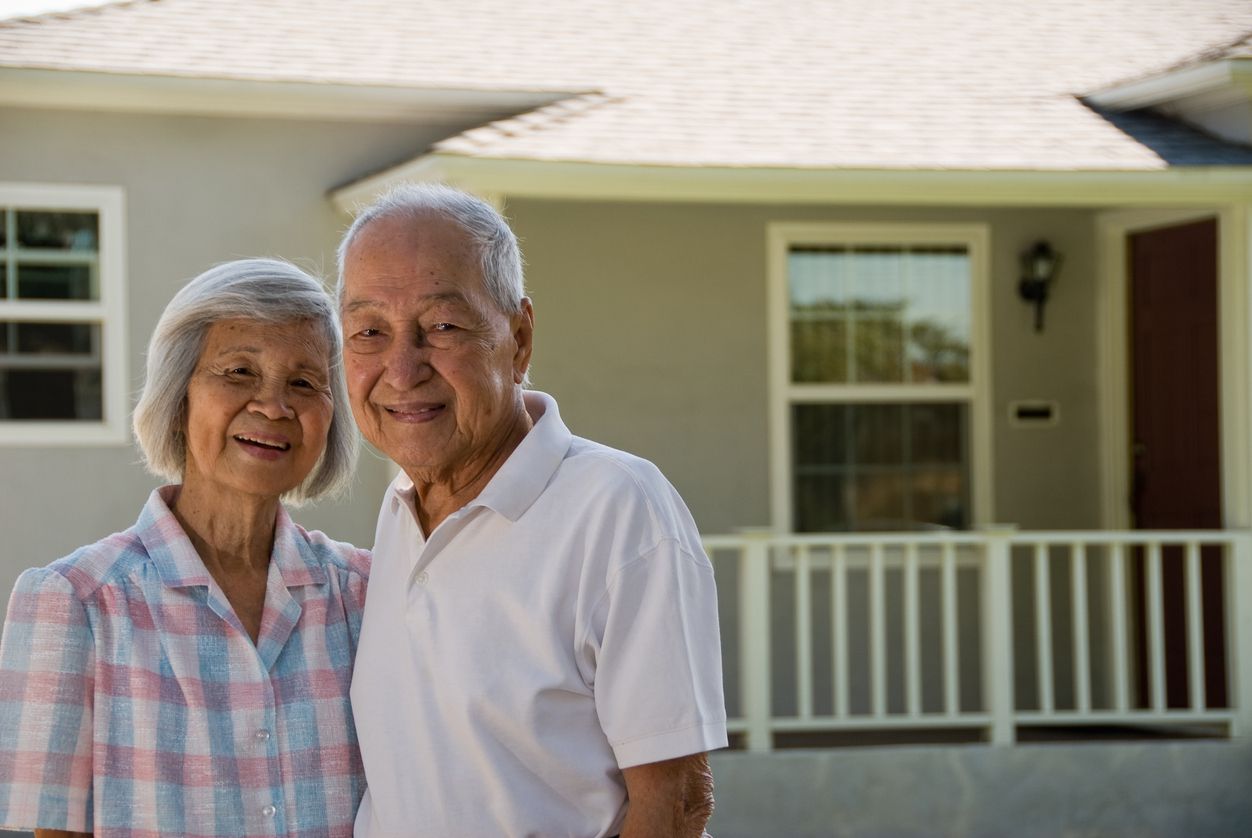
Formerly known as Section 8, the Housing Choice Voucher Program helps low-income seniors pay the rent. Qualifying recipients can find their own housing — including apartments, townhouses, and homes — and then receive a voucher that pays some or even all of the monthly rent.
Related: 12 Alternatives to Traditional Retirement Communities
Public Housing
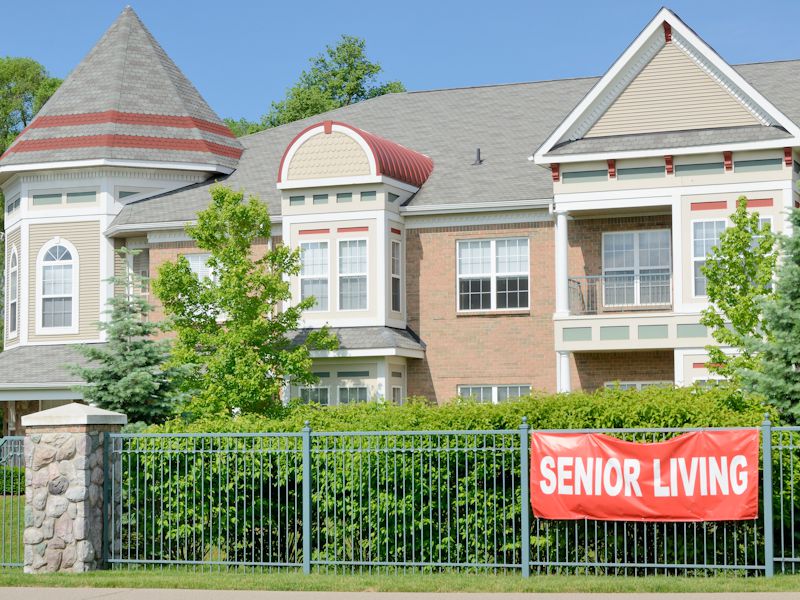
Like the Housing Choice Voucher Program, public housing also helps low-income seniors pay for rentals. These programs, however, place seniors in designated units. Those units can be part of structures running from single-family homes to large apartment towers.
BenefitsCheckup
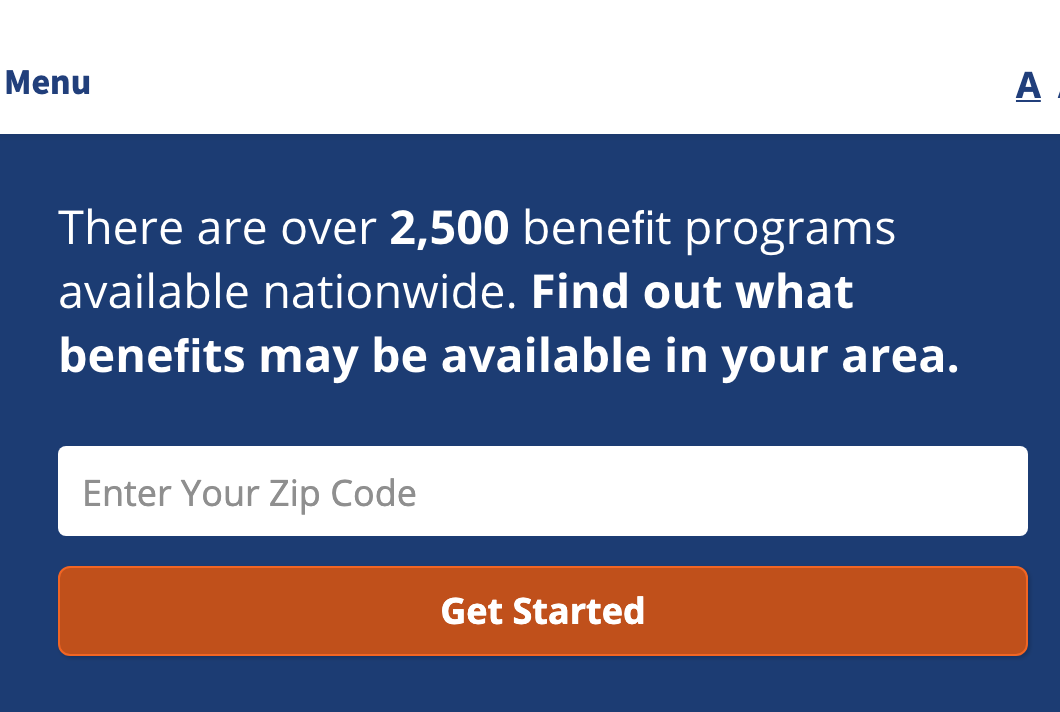
The National Council on Aging maintains a huge database of 2,500 assistance programs available to seniors nationwide. Visit BenefitsCheckup.org and enter some basic information into the online tool, and BenefitsCheckup will connect you with the right programs based on your needs, your situation, and your location.
